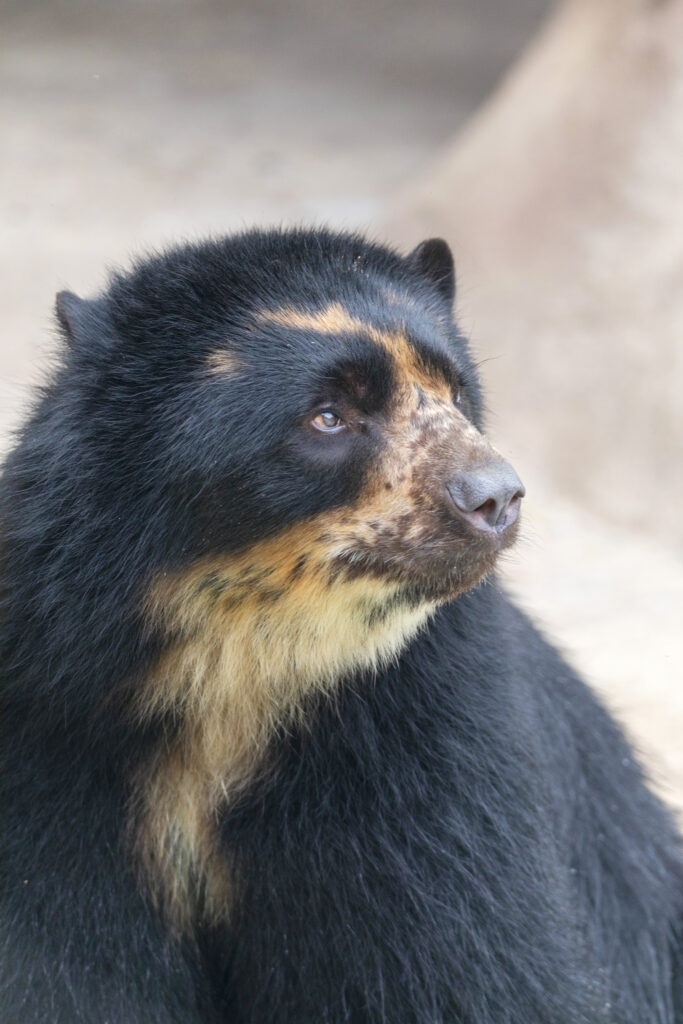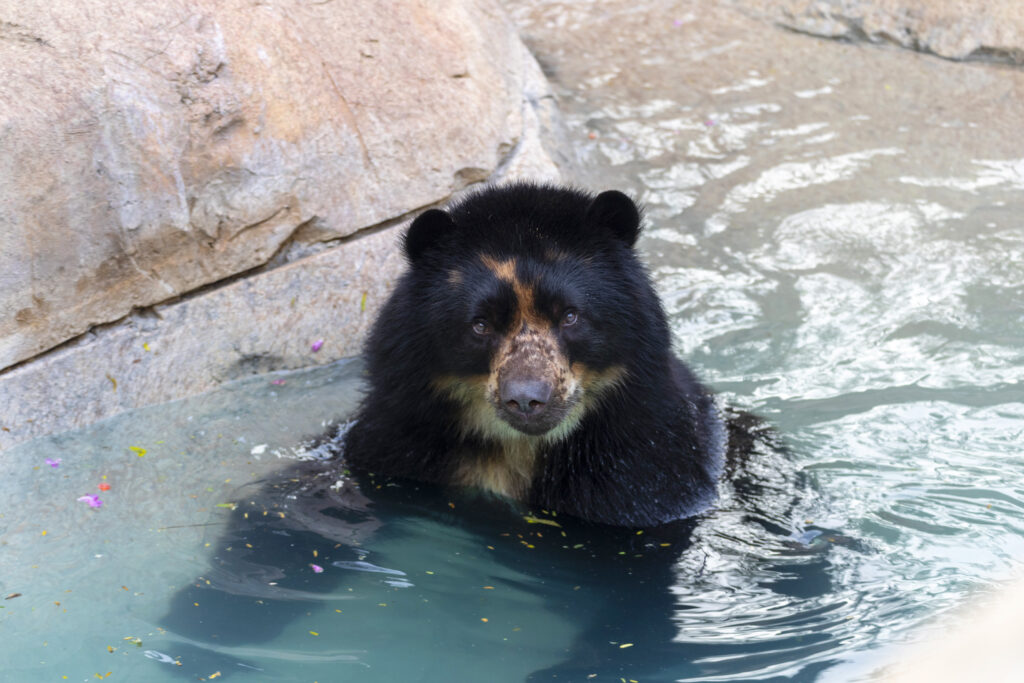- Fragile Planet Offers a Nighttime Wildlife Experience
- Falcons Soccer Off & Running
- Cameron County Receives Funds to Improve Two Parks
- Falcons Complete First Half of 32-6A
- School District to Help out Victims of California Wildfires
- Sand Castle Days Continued Despite Unexpected Weather
- Ready for District
- Discussion of Garbage Dumpster Rates, Agreements Between State & City on Highway Regulations, and More
- 31st Annual Shrimp Cook-Off is Right Around the Corner
- LFHS Cross Country
Ben the Bear Makes Himself at Home at Gladys Porter Zoo
- Updated: June 25, 2023

Brownsville, Texas (June 13, 2023) – A well-known bear is now on exhibit at the Gladys Porter Zoo. The 4-year-old spectacled bear, named Ben, traveled all the way from St. Louis Zoo in Missouri because his habitat there was not “Ben-proof.” Ben’s lush, spacious exhibit in St. Louis would be the envy of any spectacled bear, but for a crafty young bear like Ben, dismantling the wire mesh that enveloped his exhibit was a challenge that was beginning to morph into a pastime. Accordingly, the Gladys Porter Zoo offered to provide him an entirely new set of challenges.
Given Ben’s penchant for problem solving, some minor adjustments were made to the Zoo’s bear exhibit prior to his arrival. However, the exhibit, which features a running stream, a large moat and overhanging cliffs, had previously housed spectacled bears without any security issues.
After his arrival in Brownsville, Ben completed the customary quarantine period behind the scenes in his new exhibit. For any animal, establishing familiarity with new sleeping quarters and caretakers is critical to building a solid and trusting relationship. This is especially true for Ben because of his history of being somewhat of an escape artist.

“We discovered very early on that he is a very intelligent and adventurous animal. In an extra effort to keep him busy in a positive way, staff have randomized his feeding schedule and make sure to provide him with plenty of enrichment throughout his day,” said Walter DuPree, Curator of Mammals. “In addition, our keepers initiated recall training, using a unique sound to summon Ben to quickly come to a certain area in exchange for a reward. This training is an integral part of a long-term management plan for Ben, and one that seems to delight both keepers and bear alike.”
Visitors to the Gladys Porter Zoo can now see him in his new home, where he has gradually become acquainted with his new habitat.
Spectacled bears, also known as Andean bears, are listed as Vulnerable by the IUCN Red List of Threatened Species. There are an estimated 10,000 left throughout their native range in South America.



